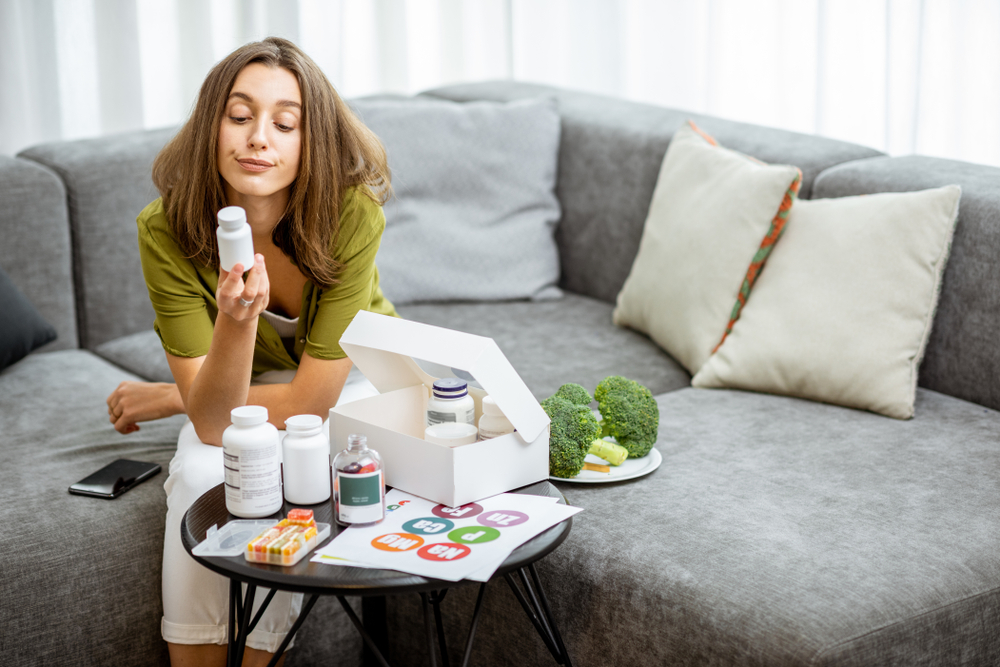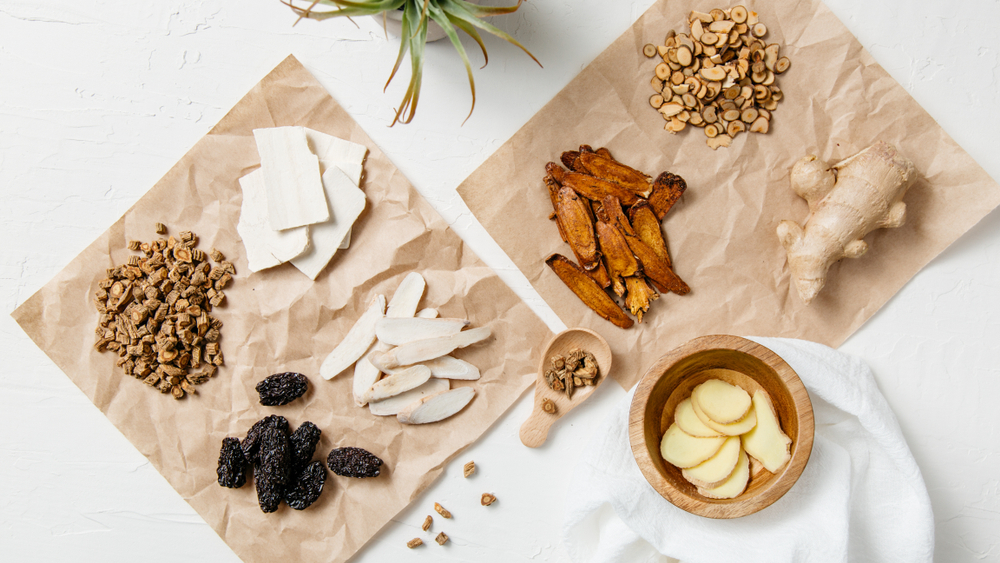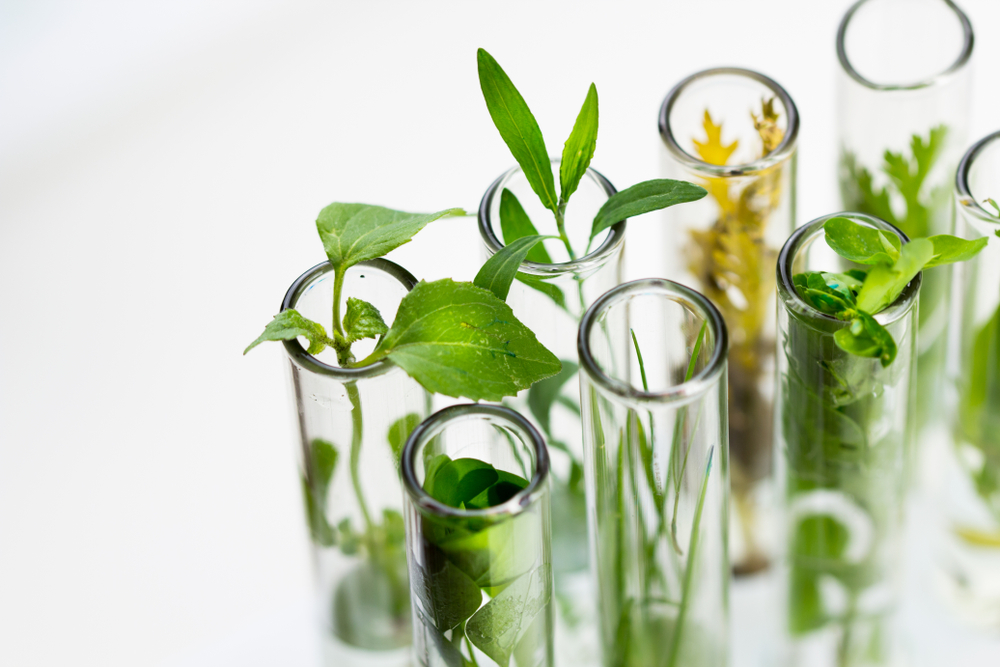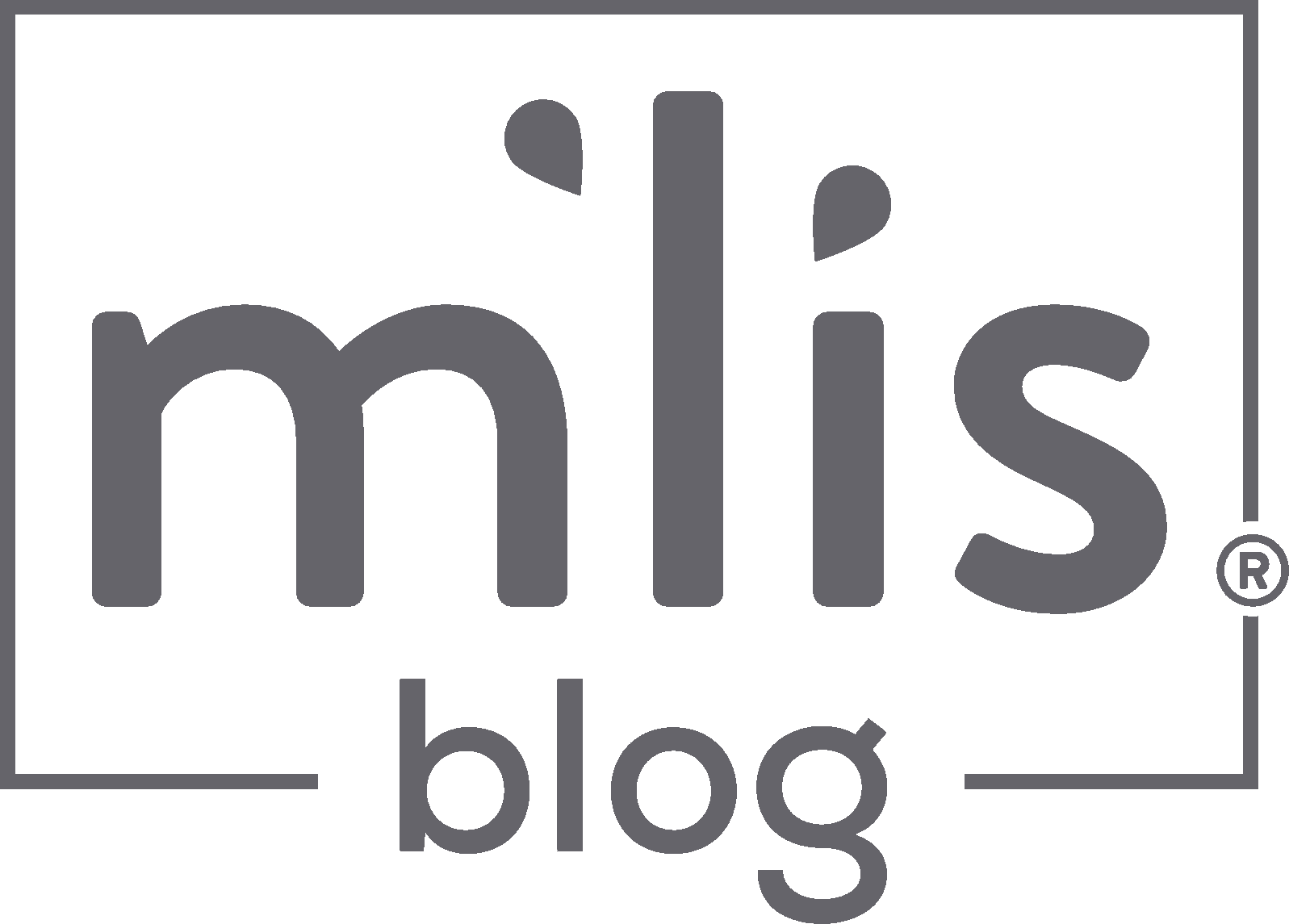It seems like nowadays there are supplements for everything. There are thousands and thousands of supplement companies that are promoting supplements for weight loss, hair regrowth, rebuilding your sex life, clearing your skin — almost any health benefit you can imagine, supplements are being manufactured for today. The problem with that is most of them are expensive and don’t work.
How Can You Differentiate Supplements That Work From Others That Are a Complete Waste of Money?

There’s a big problem because there is little-to-no oversight in the supplement industry, leading to many corrupt practices. In fact, in April of 2015, the Attorney General of New York did a sting operation on many major supplement retailers in New York City. They went in, and they took the supplements off the shelf and did DNA analysis to determine what was actually inside those bottles. Shockingly to most, what they found is that 80% of those supplements contained none of the ingredients that were claimed on the label. So, you buy something like a St. John’s Wort supplement, and 80% of those had no St. John’s Wort in them whatsoever. It’s not that they didn’t have enough or that the source of that ingredient wasn’t high-quality — it was just never inside the product to begin with. That comes down to plain fraud. You will never get results from the product if the active ingredients were never in that product.
We look at this and think, “how could this happen? How could there be products on the shelves of reputable retailers that are not what they claim to be?”. The issue behind this is that there is no supplement industry watchdog. People think someone is watching out for them, making sure that when they pick up a bottle of supplements that they’re safe, effective, that they’re going to do what they say they’re going to do, and that’s just plain not the case. The only real regulations that exist for the supplement industry are basic food safety regulations, meaning they’re no different than what you’d find in the kitchen of the burger place down the street. They try to determine that the products are being made in a relatively clean environment and that nothing knowingly harmful is being used in the products, but that is its extent. And when I say relatively clean, even those standards are laughable. In fact, there is an acceptable number of rodent hairs that can be found in a bottle of supplements, and it’s two. I don’t think anyone is okay with two rodent hairs in their bottle of supplements. I know I’m not, so let me tell you how we do things differently to make sure that our products are clean, they’re healthy, they’re safe, and most of all, they’re effective, and they’re going to do what you expect them to do.
The M’lis Difference
1. High-Quality Ingredients
Good formulations don’t begin in the lab. Many think that we take ingredients we bring them into the lab, and we create these products. I’ll tell you, if you’re waiting until you get to the lab to create a good supplement product, you’ve already lost. This is why we start with our ingredients, and we’re obsessive about the quality of our ingredients.

We deal nearly exclusively with suppliers and growers of ingredients inside the United States of America. Most of them are found here in our home state of Utah. There’s only one exception to this, and I’ll tell you about that in one minute. We need to deal that close to home with our ingredient suppliers because it gives us control over that supply chain. We no longer have to take the word of anyone that the ingredients being supplied to us have been grown in the healthiest organic conditions. We can actually verify this by getting our boots in the dirt, putting our lab personnel right there on the farm to watch everything from soil preparation, planting, harvesting, drying, and delivering those herbs. This way, we know by the time they show up in our lab that they’re the best quality, healthiest, safest, and most effective ingredients that we can begin with.
I mentioned there was one ingredient we did get outside the United States — that’s our whey protein. We use an organic, free-range, grass-fed, no hormones or antibiotics whey protein that is produced on the South Island of New Zealand. New Zealand is known as being the gold standard of dairy protein. We found the literal ‘cream of the crop’ of New Zealand protein suppliers. We bring in the best quality, the most digestible whey protein with no lactose or casein, with none of the things that normally cause people problems with dairy protein. All you get is the highest quality, most absorbable high branched-chain amino acid protein for rebuilding your body and rebuilding your health. We take opportunities to travel and personally inspect each of the farms that we partner with. Those here domestically in the United States regularly visit, and we even make trips to New Zealand to verify the quality and the purity of that New Zealand dairy protein, but the job’s not done here.
2. Triple Redundancy Testing
Once we get the best quality ingredients, in many ways, it’s only beginning. Once those ingredients do arrive at our laboratory, the first process that happens is we put them aside into quarantine and pull test batches off of every ingredient. We test the ingredients for cleanliness, we make sure there are no contaminants, nothing growing in there, nothing that shouldn’t be in the product, but we also test them for efficacy. For every natural health ingredient, there are certain phytochemicals (plant chemicals) that make them effective in your body when you take them within our formulations. We verify that the ranges of these healthy active phytochemicals are within a certain set of guidelines that will make them potent, effective, and safe for achieving the products’ purposes.

After that test period, everything that passes is put into a secondary quarantine. It’s tested again, quarantined again, and tested a third time. This process is redundant, but there’s a purpose behind the redundancy. We’re so careful about testing three times with two quarantine periods to ensure we haven’t missed anything. There can be no contamination of the product that has escaped our testing processes with that triple redundancy. More importantly, we can verify that the processing of the products and that the drying of our medicinal herbs has been done properly. We can verify that there is no degradation in those important phytochemicals’ values when we test that efficacy on the first batch and then test again and again over quarantine periods.
If we didn’t check in the way that we do, what happens is that the efficacy of those products degrades day by day as it sits in the lab, blends into formulas, and ships to our warehouse, and we ship it to you, and it sits on a shelf waiting to be consumed — every day that product would be less potent and less effective. So, we verify that will never happen with our products. We verify that the drying process has been done right.
3. Synergistic Formulations
Once we know that all our ingredients are of the highest quality with proper preparation, we get into the formulation. One of our keys is that we believe in synergistic formulation. We never do any ‘single herb formulations’. There are fundamental reasons for this because single herb formulations can be tricky. Sometimes you’re having to push the level of safety on a single herb to ensure you’re getting enough to create a result within an individual. We never like to push the limits of safety. Also, for each medicinal herb, there’s a certain percentage of the population who’s going to be genetic non-responders, and no matter how much of that herb they take, they will never achieve the desired results. By using a synergistic formulation, we use four or five different herbs in one formulation. Doing so allows us to use much less of each individual herb, so we never push safety boundaries. Additionally, synergistic multi-herb formulas enable us to ensure that if an individual is a genetic non-responders to one of the ingredients, we’ll get them with the other four or five. So what we’re left with our formulas that are much safer and much more effective for the entire population.
3. Absorption & Nutrient Delivery
From formulation, we move into encapsulation. This is as important as anything else we do in the process. You may think it’s not a big deal how we encapsulate these natural herbal formulas, but as a wise person once told me, “it’s not even that you are what you eat anymore. You are what you digest”. If you are not properly digesting the supplements you take, it doesn’t matter how good they look on the supplement facts panel.
I’ve always heard a picture’s worth a thousand words. Looking at the image below, what we see here is an entire handful of vitamin supplements sitting in the colon, where no more digestion will occur. Looking at these tablets, how much benefit do you think this individual got from taking them? None. The tablets still have sharp edges and haven’t broken down at all. No matter how good they looked on the supplement facts panel, they aren’t actually delivering any nutrition or health benefits to the person who took them.
There’s a reason that tablets are so difficult to digest. First of all, when we imagine what medicinal herbs are, it’s nothing other than dried powdered leaves, roots, and stems of plants. Imagine taking a walk upon the hillside in the autumn, and the pathway is covered with dried leaves. If you were to pick those dried leaves up, crumble them into a powder and pack them as tightly as you can into your hand, how well would they stick together? The answer to that is that they wouldn’t. There’s not much on earth less sticky than dried leaves.
To make a tablet and take these dried medicinal herbs and make them stick together in the consistency of a rock, much other junk has to be added to that tablet. Vitamin tablets are typically only about 25 to 40 percent active ingredients. The other 60 to 75 percent are fillers, binders, glues, shellacs, and all sorts of ingredients that their only purpose in the formulation is to hold those ingredients together into a tablet. None of these things are healthy.
The way that it works is that a big sticky tablet dough is created of this small percentage of healthy active ingredients and this large percentage of fillers and binders to make the tablet work. Afterward, this dough is placed into a tableting machine. When it’s put into the tableting machine, it’s plopped on top of this giant rotating metal disc filled with a quarter of this sticky tablet dough then passed through a hydraulic press. Then a hydraulic pin is pressed into that dough with tens of thousands of pounds of pressure, compressing that inch and a quarter down to less than a quarter-inch and the consistency of a rock. All of this allows these tablets to survive the manufacturing process, the bottling process, and shipping without breaking them up, but they make them very, very difficult to digest.
Imagine there’s someone whose health is not ideal — they generally have digestive problems as well. Many health professionals are giving these individuals vitamin tablets that are nearly impossible to digest, expecting them to help the very condition that makes digestion particularly difficult for them in the first place. This is why you will never see us use tablets in our formulation. If you can’t digest the ingredients, they do you no good. So, to the contrary, we actually use two-piece vegetable fiber capsules for all of our dried herb products. These break down within 60 to 90 seconds of contact with the salivary amylase in your mouth. You will never see one of our products show up on an abdominal x-ray.




Love this! Thank you